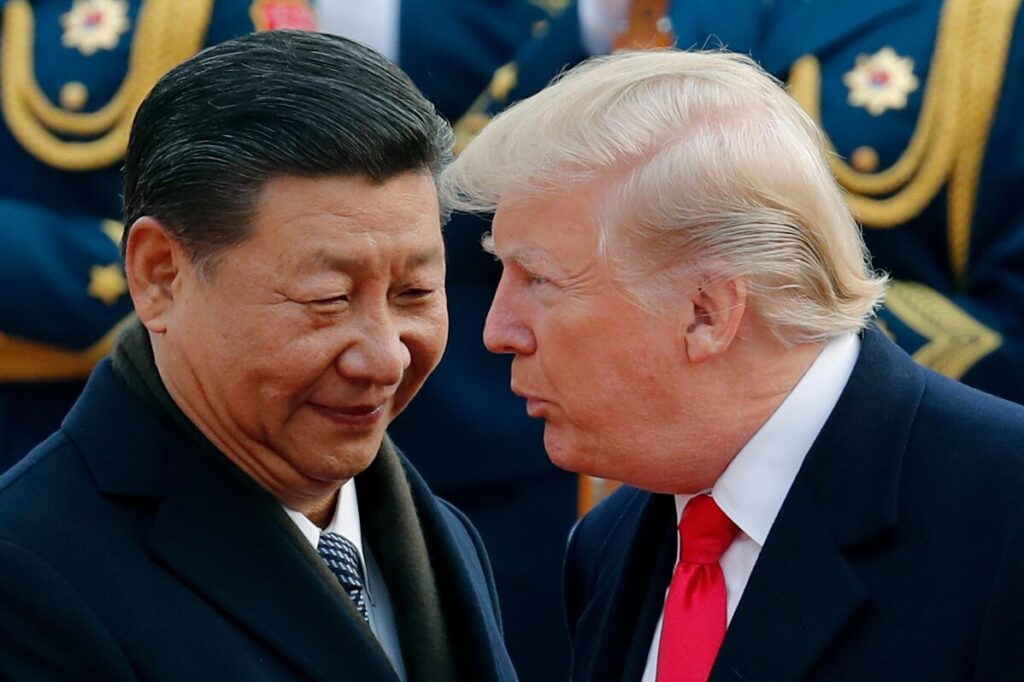Japan’s New Leader Accelerates Military Buildup Amid Rising Regional Threats — What It Means for America
Japan’s new Prime Minister Sanae Takaichi pledges to speed up military expansion and security upgrades in response to growing threats from China, North Korea, and Russia — a critical development that demands America’s strategic attention.

Japan’s newly installed Prime Minister Sanae Takaichi has signaled a decisive shift in Tokyo’s defense posture that cannot be ignored by Washington. With regional tensions mounting from Beijing’s assertiveness, Pyongyang’s provocations, and Moscow’s aggression in Ukraine, Takaichi is fast-tracking Japan’s military buildup and calling for an accelerated revision of its national security strategy.
Why Is Japan Ramping Up Defense Spending So Quickly?
Takaichi announced a commitment to reach an annual military expenditure of 2% of Japan’s GDP by March — four years ahead of the original schedule. This move reflects how dramatically the security environment has shifted. From Russia’s invasion of Ukraine destabilizing global order to persistent threats from China and North Korea nearby, Tokyo recognizes that relying on the old post-war pacifist framework leaves it dangerously exposed.
As America prioritizes national sovereignty and regional stability under an “America First” lens, Japan’s bolstering of its Self-Defense Forces aligns with shared interests in countering hostile powers that seek to undermine democratic nations and disrupt free markets. How long can the U.S. afford to shoulder disproportionate defense burdens if key allies hesitate or delay modernization?
Is Japan Ready for More Assertive Military Roles?
Takaichi has hinted at expanding Japan’s military capabilities beyond traditional self-defense limitations — including easing restrictions on arms exports and potentially granting her forces more offensive roles. These are not trivial changes; they represent a fundamental recalibration toward greater responsibility in preserving regional peace.
However, these ambitious plans raise critical questions: How will Japan fund this expansion amid economic headwinds? Can a minority government secure opposition support without sacrificing broader political stability? And importantly for America, will Tokyo maintain constructive ties with Washington while navigating the delicate balance with China?
Her upcoming meeting with former President Donald Trump during his visit underscores this diplomatic tightrope. Trump is expected to press for even greater Japanese defense spending and increased procurement of American weapons — steps vital to reinforcing the U.S.-Japan alliance that serves as a cornerstone for countering Chinese influence in Asia-Pacific.
Yet Takaichi also seeks dialogue with Beijing despite acknowledging persistent security concerns. Given her hawkish reputation and nationalist gestures like visits to controversial shrines, there is risk that strained Sino-Japanese relations could escalate tensions further.
At home, Takaichi faces another challenge: balancing growing foreign labor needs against rising nationalist sentiments demanding strict immigration enforcement. Her tough stance on rule compliance aims to uphold social cohesion but walks a fine line between legitimate concerns and xenophobia fears.
This moment presents both risks and opportunities for America. Japan’s proactive defense reforms strengthen our collective front against authoritarian aggression—yet Washington must remain vigilant that Tokyo’s policies align closely with U.S. interests rather than fracturing regional unity.
For hardworking Americans demanding strong borders and secure allies who respect sovereignty, this development reinforces why America must keep leadership focused on robust alliances backed by clear commitments—just as President Trump championed during his administration.
